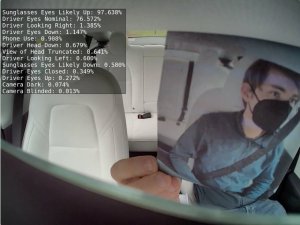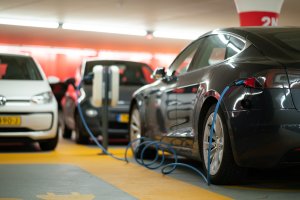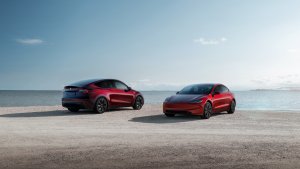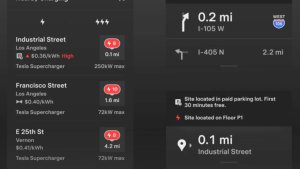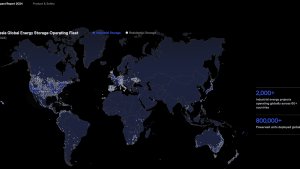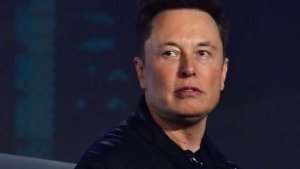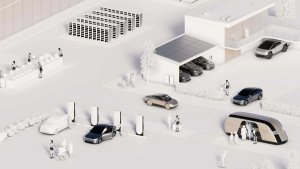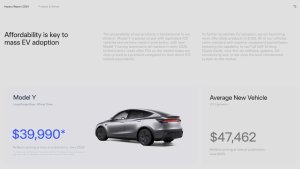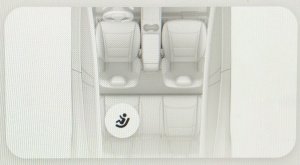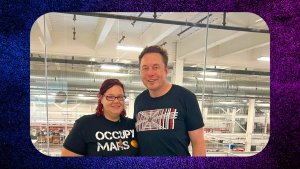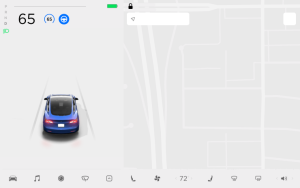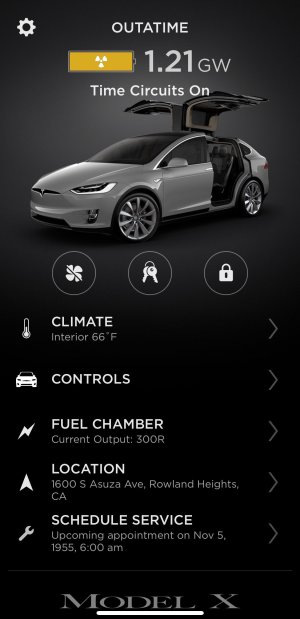Tesla Unveils Striking New Stealth Grey Color
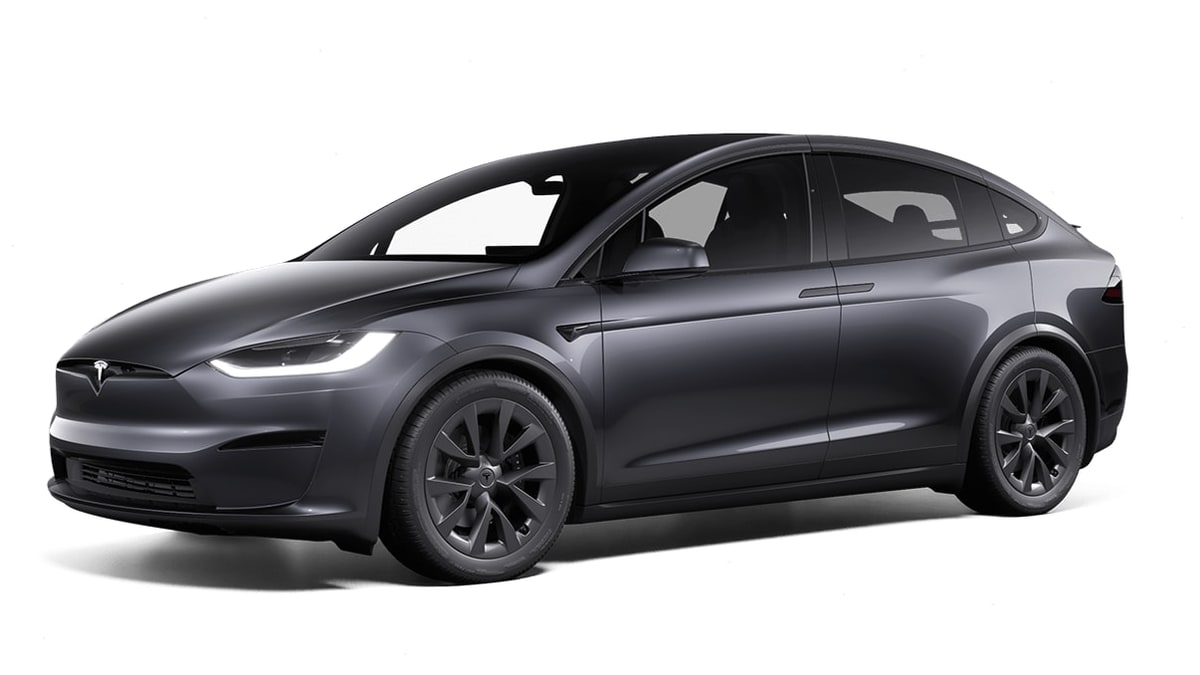
Tesla has introduced a new color for the Model S and Model X: Stealth Grey. This fresh addition, showcased in a dynamic video on X, offers a sleek and sophisticated choice for the Model S and Model X.
For a company that doesn't advertise much, it certainly hit up the excitement with a video posted on X. Capturing the essence of the new Stealth Grey, the footage highlights the color's depth and sophistication. The first glance at this hue suggests a deeper version of the Midnight Silver that has been punted from the lineup.
Stealth Grey Joins the Ranks at No Extra Cost
What makes Stealth Grey an even more appealing choice for prospective Tesla owners is its accessibility. Unlike previous times, when opting for a color other than the standard meant additional costs, Tesla has included Stealth Grey in the base price of both the Model S and Model X. This inclusion follows a trend of recent price adjustments by Tesla.
Global Availability and Future Expansion
Initially rolled out for the Model S and Model X, the excitement around Stealth Grey isn't limited to North American markets. Tesla has also announced its availability for the new Model 3 in Europe and Asia. This move suggests that Tesla might be planning to make the new hue available across other models and regions in the near future. Stealth Grey for the new Model 3 is one of the more expensive colors, along with Ultra Red. It's not clear whether Tesla will offer the current Model 3 or the Model Y in Stealth Grey in the future.
Looking Forward: Tesla's Colorful Horizon
The introduction of Stealth Grey is not a solitary incident. A year ago, in October 2022, Tesla's Giga Berlin factory began rolling out vehicles in the stunning Quicksilver and Midnight Cherry Red. Since then, we've eagerly awaited these colors to make their way to other regions.
While speaking on the Ride the Lightning podcast, Franz von Holzhausen, Tesla's Chief Designer, stirred up the excitement. Though always careful with his words, he dropped strong hints about North America, soon witnessing an infusion of new shades. His genuine enthusiasm for the colors developed at Fremont with his team was evident as he spoke about how photos don't do justice to these shades. To truly appreciate their beauty, one must see them firsthand.
Tesla has historically maintained a simple yet elegant color palette for its models, reminiscent of Henry Ford's famous sentiment about the Model T only being available in black. From the start with the Model 3, Tesla kept the options concise, with a black color variant being the standard and other hues costing a bit more. This limitation was in the spirit of streamlining production, especially during challenging ramp-up periods. However, times change, and Tesla appears to be embracing a more colorful future.
----
With all the attention on Cybertruck, Tesla is quietly working on the real game changer. Somewhere in Tesla's research and development is the Model 2, the next-gen, more affordable Tesla. It is the car that Tesla predicts will sell more than all of its other vehicles - combined!
The company has long been known for its futuristic and sleek designs, with the upcoming Model 2 touted as the most affordable and utilitarian offering yet. Yes, utilitarian were the words used by Elon Musk as he reiterated the primary focus for the Model 2 would be simplicity in design, manufacturing efficiency, and affordability.
But how might this vision translate into the actual car design? We have a few ideas using some hints and some lessons from the past. For simplicity's sake, we will refer to the next-gen car as the Model 2 in this article.
Teardrop Shape: Aerodynamic Mastery
Arguably the most aerodynamic shape for cars, the teardrop design minimizes drag, which is crucial for electric vehicles where range is paramount. The Model 2 could integrate this shape, focusing on the perfect harmony of form and function.
A vehicle is yet to be produced, but it has shown this design and how Tesla could use it. Aptera knows that in vehicle efficiency, drag coefficients are king. It is a crucial metric denoting aerodynamic resistance: while a Toyota Corolla registers at 0.29 and the Tesla Model 3 impresses with 0.23, the Aptera records 0.13. To put that in perspective, the bottlenose dolphin puts up a 0.1.
When McLaren set out to conceive their swiftest road-going model, it didn't merely optimize the engine; it sculpted the very form of the car itself. The McLaren Speedtail's streamlined silhouette, exemplified by its elongated tail, the omission of conventional side mirrors, and aerodynamic front wheel covers, is a testament to this design philosophy.
Three Wheels: Sneak Peak Lines up with Aptera
An image in the Walter Isaacson books seems to be a mock-up of a Model 2. Take a good look at both the product and the pictures on the wall behind it. It appears to be a three-wheel, tear-shaped vehicle. Aptera also has three wheels. The company says it "leads the pack by having the least "rolling resistance" â€" the energy needed to keep your tires rolling at a straight and steady pace."
Going to three wheels reduces the touch points and areas where energy can be lost. It could incorporate unconventional headlights or eliminate the traditional trunk. The Aptera's radically efficient design offers a glimpse of such out-of-the-box thinking.
Rethinking Doors and the Frunk: Simplifying Structure
While a four-door design is conventional, a two-door Model 2 would be simpler and likely cheaper to manufacture. Moreover, since the frunk primarily serves as storage in electric vehicles, Tesla could consider eliminating it altogether. This recalls Volkswagen's audacious 1-litre car concept, which featured gullwing doors and a futuristic design.
But we don't need to go back that far, as again, we can point to Aptera's design. The two-door, two-seater has storage room but certainly not to the same level as a Model 3. Given this Model 2 is going to be a point A to point B car, how much storage space is required?
Aero Wheel Design: Balancing Aesthetics with Efficiency
Tesla's Model 3 aero wheels have already demonstrated the balance between aesthetics and efficiency, offering up to a 3.4% boost in range. The Model 2 could take this further by fully enclosing the wheels or adopting innovative designs similar to the McLaren Speedtail's aerodynamic front wheel covers. It could go even further than that; see the next point.
Fender Skirts: Maximizing Range
Historically, fender skirts have shown a marked improvement in fuel efficiency. The original Honda Insight from 1999 achieved a drag coefficient of 0.25 with its covered rear wheels. By re-introducing fender skirts, Tesla could further streamline its impressive aerodynamics, extending the Model 2's range. But, as General Motors pointed out, this could require certain design adjustments, like narrower rear tires, to maintain safety and handling.
Mirrorless Design: Reducing Drag
Mirrors add drag, and if Tesla can persuade regulators, a mirrorless design would make the Model 2 even more streamlined. Replacing mirrors with cameras has been around for a while. Still, Tesla could be the one to popularize this in mass-market EVs. The company has already been touting this as a feature for the Cybertruck. However, some jurisdictions require external mirrors. At some point during the evolution of the car, regulators must understand that camera technology is superior to mirrors.
While these speculations are based on current trends and historical data, one thing is certain: Tesla's Model 2 will challenge conventions. As the company delves deeper into achieving unmatched manufacturing efficiency and affordability, the Model 2 will likely carry Tesla's legacy of innovation.
ip: 2605:59c8:630:2f00:a05e:98a5:d3b1:47b7










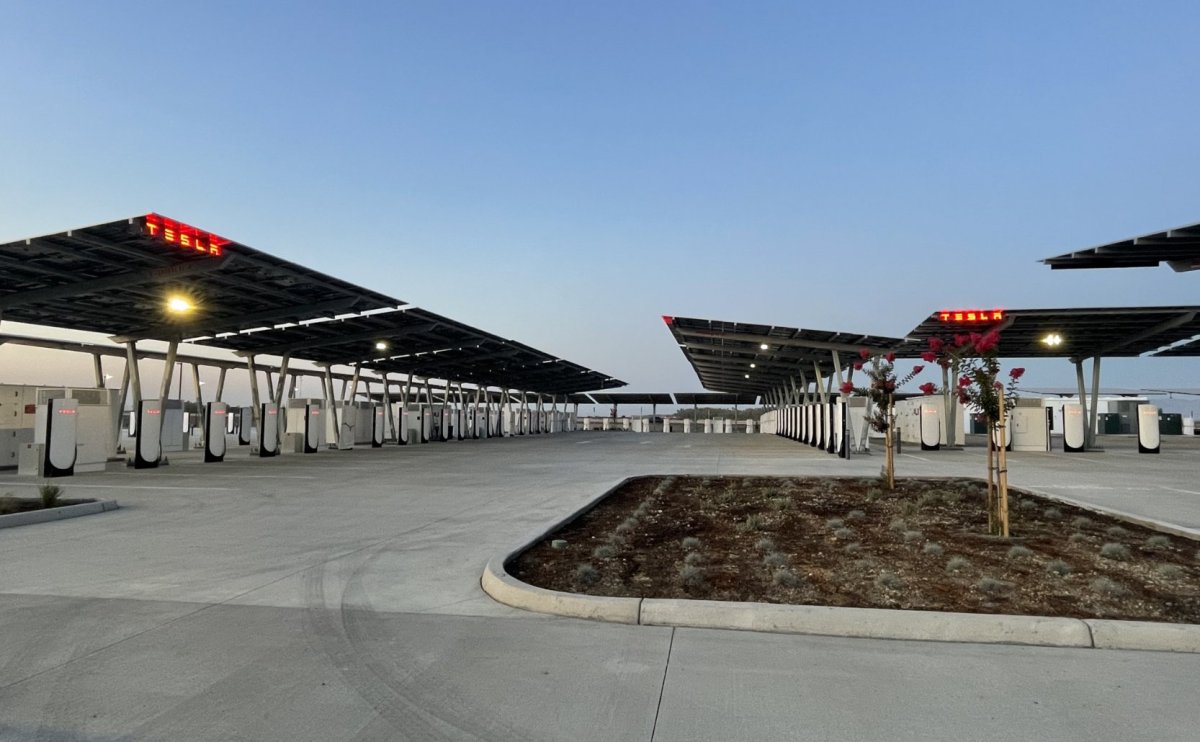
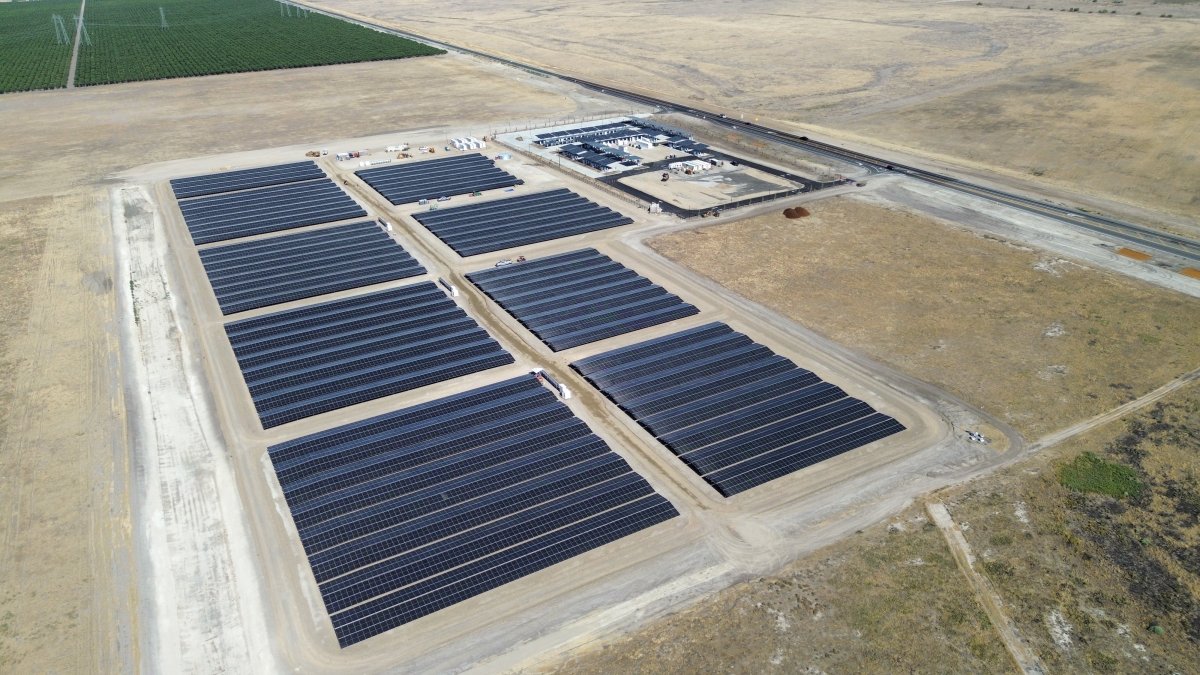
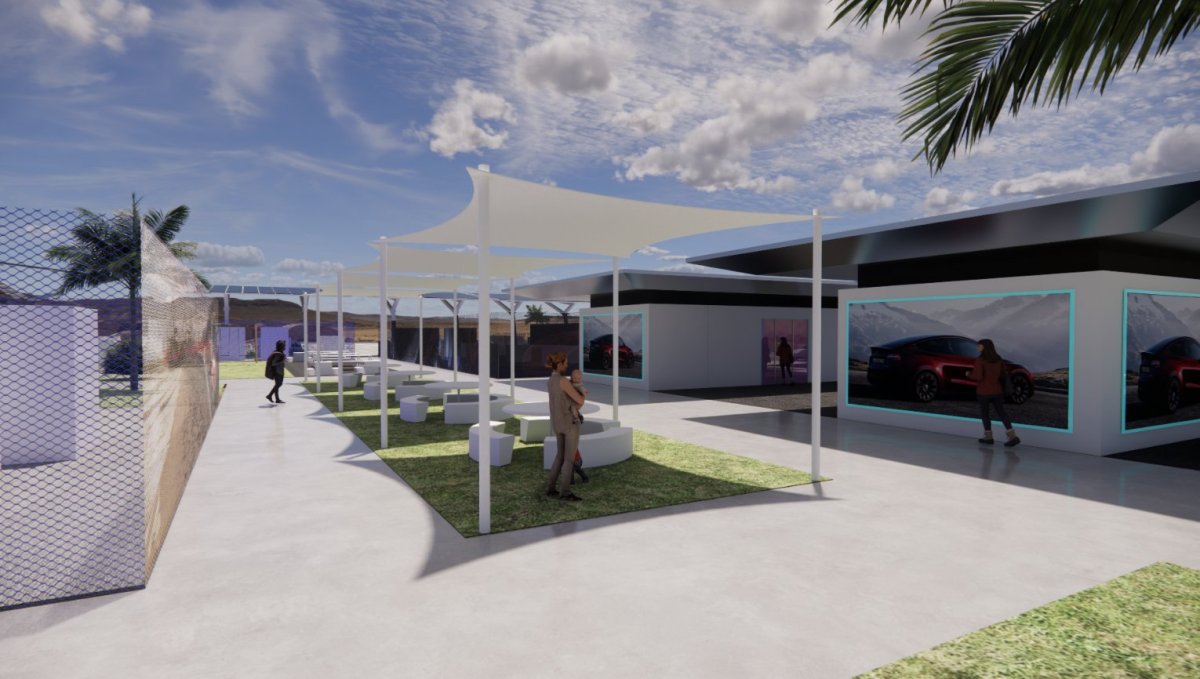



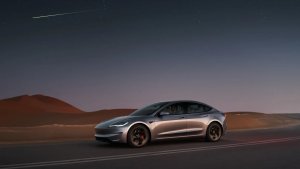
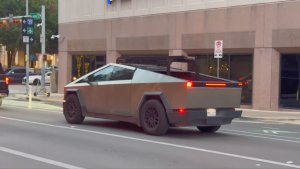
![Tesla Updates Robotaxi App: Adds Adjustable Pick Up Locations, Shows Wait Time and More [VIDEO]](https://www.notateslaapp.com/img/containers/article_images/tesla-app/robotaxi-app/25-7-0/robotaxi-app-25.7.0.webp/4ac9ed40be870cfcf6e851fce21c43b9/robotaxi-app-25.7.0.jpg)
